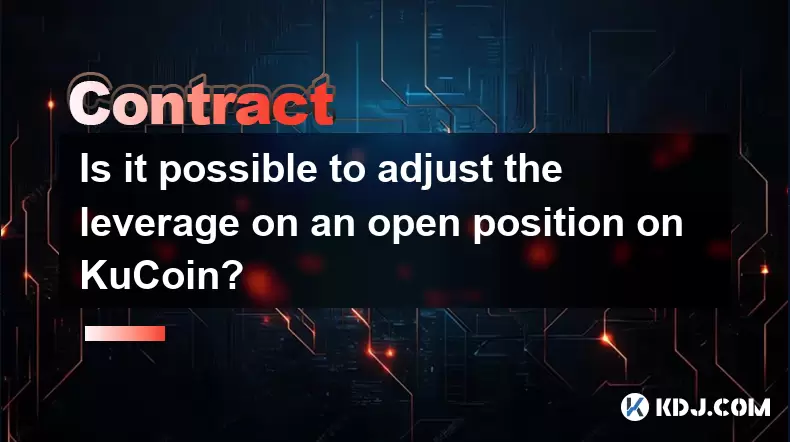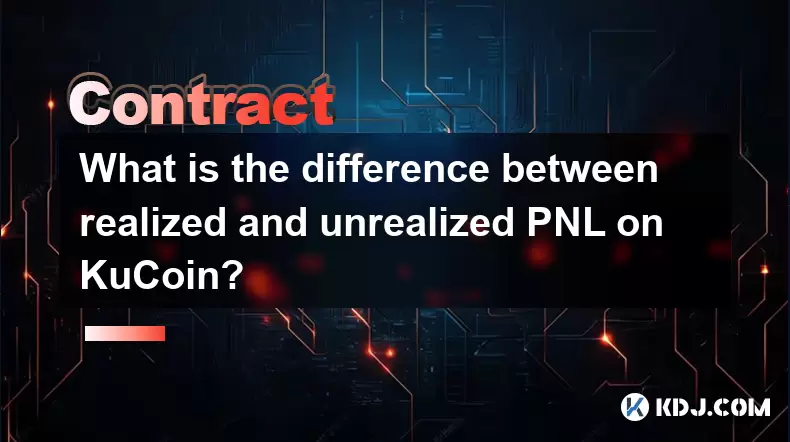-
 Bitcoin
Bitcoin $117800
0.42% -
 Ethereum
Ethereum $4436
0.39% -
 XRP
XRP $3.106
0.86% -
 Tether USDt
Tether USDt $1.001
0.04% -
 BNB
BNB $835.4
1.26% -
 Solana
Solana $188.8
2.21% -
 USDC
USDC $0.9999
0.00% -
 Dogecoin
Dogecoin $0.2302
2.98% -
 TRON
TRON $0.3484
-1.05% -
 Cardano
Cardano $0.9212
-1.20% -
 Hyperliquid
Hyperliquid $46.77
-0.77% -
 Chainlink
Chainlink $22.76
5.64% -
 Stellar
Stellar $0.4278
0.68% -
 Sui
Sui $3.771
2.39% -
 Bitcoin Cash
Bitcoin Cash $583.7
-0.91% -
 Ethena USDe
Ethena USDe $1.001
0.04% -
 Hedera
Hedera $0.2520
2.88% -
 Avalanche
Avalanche $24.28
2.56% -
 Litecoin
Litecoin $120.1
1.44% -
 Toncoin
Toncoin $3.452
1.46% -
 UNUS SED LEO
UNUS SED LEO $9.409
-0.95% -
 Shiba Inu
Shiba Inu $0.00001298
2.02% -
 Uniswap
Uniswap $11.01
3.56% -
 Polkadot
Polkadot $3.962
2.81% -
 Dai
Dai $1.000
0.00% -
 Bitget Token
Bitget Token $4.639
1.16% -
 Cronos
Cronos $0.1511
-0.06% -
 Ethena
Ethena $0.7254
2.87% -
 Monero
Monero $255.7
7.41% -
 Pepe
Pepe $0.00001101
2.80%
How to play the Crypto.com perpetual contract
Perpetual contracts on Crypto.com offer flexibility in speculative trading, allowing traders to maintain positions indefinitely without fixed expiration dates.
Nov 23, 2024 at 03:45 pm

How to Play the Crypto.com Perpetual Contract
Crypto Perpetual Contracts Explained
Crypto perpetual contracts are innovative financial instruments that allow traders to speculate on the future price of cryptocurrencies without taking ownership of the underlying asset. Unlike traditional futures contracts, which have a fixed expiration date, perpetual contracts allow traders to maintain open positions indefinitely. This flexibility provides traders with greater flexibility and the ability to potentially benefit from longer-term market movements.
To understand how perpetual contracts work, it's important to grasp the concept of funding rates. Funding rates are periodic payments made between long and short traders to maintain the price of the perpetual contract in line with the spot market price of the underlying cryptocurrency. When long traders are paying a funding rate to short traders, it indicates that there is a high demand for the cryptocurrency and the price is expected to rise. Conversely, when short traders are paying a funding rate to long traders, it suggests that there is a high supply of the cryptocurrency and the price is expected to fall.
Step 1: Open an Account on Crypto.com
Before you can start trading perpetual contracts on Crypto.com, you'll need to open an account. The registration process is simple and straightforward, requiring you to provide basic personal information and verify your identity with government-issued documents. Once your account is verified, you'll be able to deposit funds and start trading.
Step 2: Choose a Trading Pair
The next step involves selecting the trading pair you wish to trade. Crypto.com offers a wide range of trading pairs, including popular cryptocurrencies such as Bitcoin (BTC), Ethereum (ETH), and Litecoin (LTC). Each trading pair represents a contract between two different cryptocurrencies, and the price of the contract is determined by the exchange rate between the two assets.
Step 3: Determine Your Position
Once you've chosen a trading pair, you need to decide whether you want to take a long or short position. A long position involves buying a perpetual contract, which essentially means you're betting on the price of the cryptocurrency to increase. Conversely, a short position involves selling a perpetual contract, indicating that you're speculating on the price decreasing.
Step 4: Set Your Leverage
Leverage is a key aspect of perpetual contract trading, as it allows you to trade with borrowed funds. While leverage can amplify your potential profits, it also magnifies your potential losses. Crypto.com offers customizable leverage levels, ranging from 1x (no leverage) up to 100x. Choose a leverage level that aligns with your risk tolerance and trading experience.
Step 5: Place Your Order
To execute a trade, you'll need to place an order through the Crypto.com trading platform. You can specify the desired price, the number of contracts you want to buy or sell, and the leverage you wish to apply. Market orders are executed immediately at the current market price, while limit orders are filled when the market price reaches a predetermined level.
Step 6: Monitor Your Position
Once your order is placed, it's crucial to monitor your position closely. The price of perpetual contracts can fluctuate rapidly, and it's important to manage your risk accordingly. Crypto.com provides real-time market data and advanced charting tools that allow you to track your positions and make informed trading decisions.
Step 7: Close Your Position
To close your position, you need to execute a counter-trade. If you have a long position, you'll need to sell the same number of contracts that you purchased to close out your position. Similarly, if you have a short position, you'll need to buy back the same number of contracts that you sold to close your position. Once you close your position, you'll realize either a profit or a loss based on the difference between your entry and exit prices.
Disclaimer:info@kdj.com
The information provided is not trading advice. kdj.com does not assume any responsibility for any investments made based on the information provided in this article. Cryptocurrencies are highly volatile and it is highly recommended that you invest with caution after thorough research!
If you believe that the content used on this website infringes your copyright, please contact us immediately (info@kdj.com) and we will delete it promptly.
- Kazakhstan's Crypto Leap: Bitcoin ETF and Central Asia's Digital Finance Future
- 2025-08-13 12:45:19
- BlockDAG Presale Blazes Past $371M: Fundraising Frenzy Fuels Crypto Sensation
- 2025-08-13 13:05:21
- Meme Coins: Chasing the 2025 Surge – Which Will Moonshot?
- 2025-08-13 10:25:23
- Bitcoin's Wild Ride: Rally, Pullback, and What's Next
- 2025-08-13 10:25:23
- Bitcoin, Bitmax, and Institutional Demand: A New Era of Crypto Investment
- 2025-08-13 10:45:12
- Solana, ROAM, and Airdrops: What's the Buzz in 2025?
- 2025-08-13 11:35:13
Related knowledge

Is it possible to adjust the leverage on an open position on KuCoin?
Aug 09,2025 at 08:21pm
Understanding Leverage in KuCoin Futures TradingLeverage in KuCoin Futures allows traders to amplify their exposure to price movements by borrowing fu...

What cryptocurrencies are supported as collateral on KuCoin Futures?
Aug 11,2025 at 04:21am
Overview of KuCoin Futures and Collateral MechanismKuCoin Futures is a derivatives trading platform that allows users to trade perpetual and delivery ...

What is the difference between realized and unrealized PNL on KuCoin?
Aug 09,2025 at 01:49am
Understanding Realized and Unrealized PNL on KuCoinWhen trading on KuCoin, especially in futures and perpetual contracts, understanding the distinctio...

What different order types are available to use on KuCoin Futures?
Aug 13,2025 at 11:35am
Understanding Order Types on KuCoin FuturesKuCoin Futures offers a comprehensive range of order types to accommodate different trading strategies and ...

How does KuCoin Futures compare against Binance Futures in terms of features?
Aug 09,2025 at 03:22am
Trading Interface and User ExperienceThe trading interface is a critical component when comparing KuCoin Futures and Binance Futures, as it directly i...

How can I manage risk when applying high leverage on KuCoin?
Aug 13,2025 at 11:35am
Understanding High Leverage and Its Implications on KuCoinHigh leverage in cryptocurrency trading allows users to control larger positions with a rela...

Is it possible to adjust the leverage on an open position on KuCoin?
Aug 09,2025 at 08:21pm
Understanding Leverage in KuCoin Futures TradingLeverage in KuCoin Futures allows traders to amplify their exposure to price movements by borrowing fu...

What cryptocurrencies are supported as collateral on KuCoin Futures?
Aug 11,2025 at 04:21am
Overview of KuCoin Futures and Collateral MechanismKuCoin Futures is a derivatives trading platform that allows users to trade perpetual and delivery ...

What is the difference between realized and unrealized PNL on KuCoin?
Aug 09,2025 at 01:49am
Understanding Realized and Unrealized PNL on KuCoinWhen trading on KuCoin, especially in futures and perpetual contracts, understanding the distinctio...

What different order types are available to use on KuCoin Futures?
Aug 13,2025 at 11:35am
Understanding Order Types on KuCoin FuturesKuCoin Futures offers a comprehensive range of order types to accommodate different trading strategies and ...

How does KuCoin Futures compare against Binance Futures in terms of features?
Aug 09,2025 at 03:22am
Trading Interface and User ExperienceThe trading interface is a critical component when comparing KuCoin Futures and Binance Futures, as it directly i...

How can I manage risk when applying high leverage on KuCoin?
Aug 13,2025 at 11:35am
Understanding High Leverage and Its Implications on KuCoinHigh leverage in cryptocurrency trading allows users to control larger positions with a rela...
See all articles

























































































